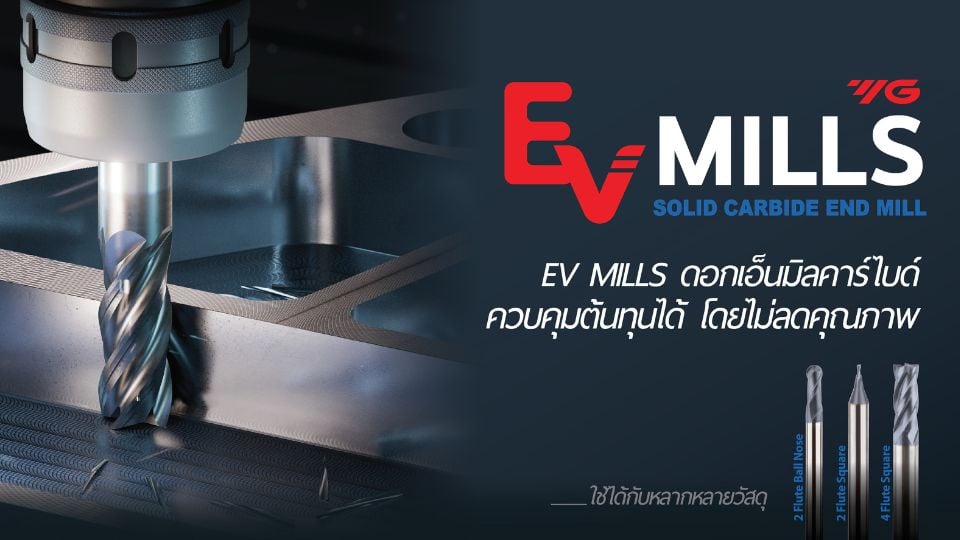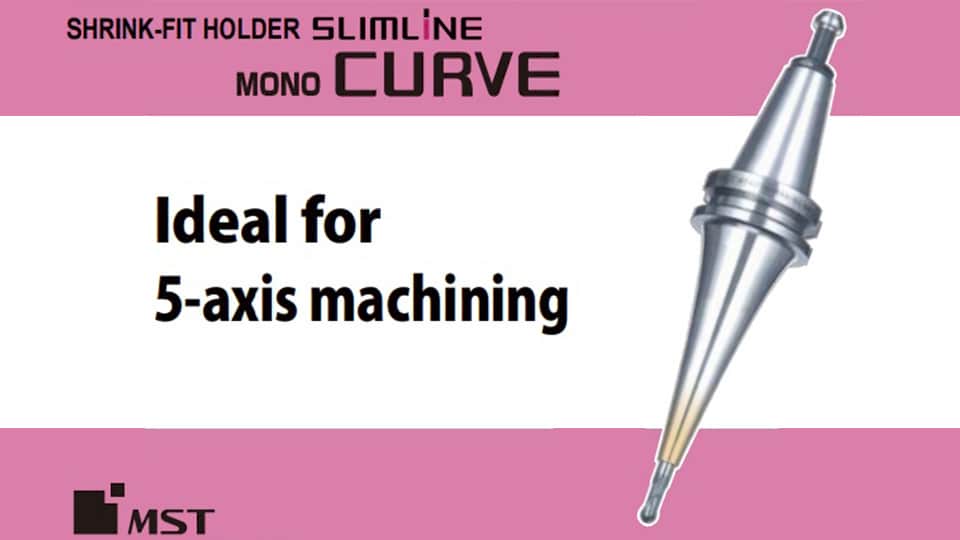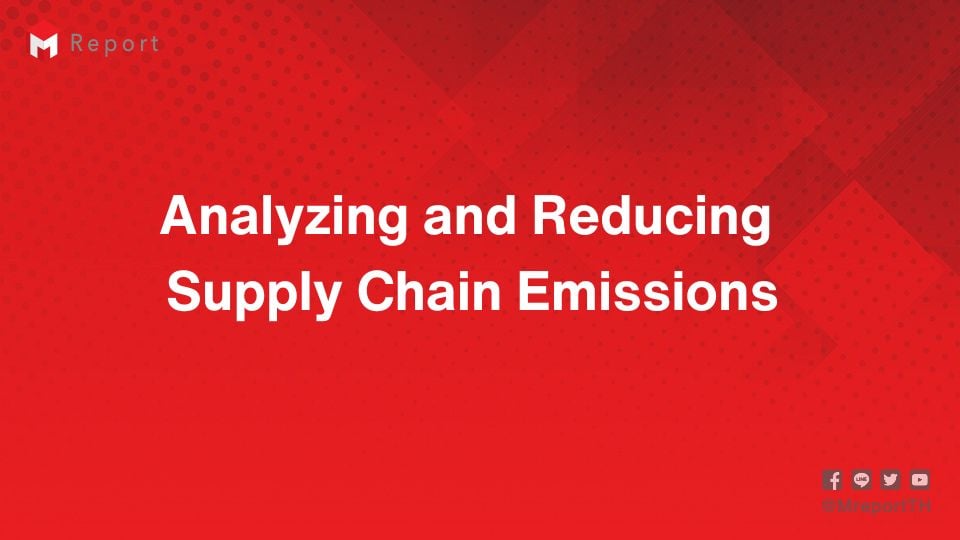
Unmasking Pollution: A Guide to Analyzing and Reducing Supply Chain Emissions
Carbon neutrality (CN) is a significant social issue facing companies. The first step to addressing this issue is to visualize greenhouse gas (GHG) emissions. By analyzing emissions in detail by process or product, bottlenecks can be identified, leading to the consideration of effective reduction measures.
| Advertisement | |
Japan, June 16, 2024 - Recently, an increasing number of companies have begun calculating their product carbon footprint (CFP). However, many companies struggle to analyze the results of their emissions calculations, preventing them from implementing effective reduction measures. This article explains the basic flow of GHG emissions calculations and the key points for reducing emissions.
Analyze the supply chain
To achieve CN, it is essential to first understand how much GHG is being emitted from each corporate activity. GHG emissions can be classified into Scope 1-3 based on the relationship between the emission source and the corporate activity.
Scope 1 refers to direct GHG emissions from a business’s own operations, such as the combustion of fuels like gasoline and industrial processes.
Scope 2 refers to indirect emissions from the use of electricity, heat, steam, etc., supplied by other companies, such as electricity purchased from a power company.
Scope 3 refers to indirect emissions other than those in Scope 1 and Scope 2. It includes emissions from other businesses related to the company’s supply chain, such as emissions from suppliers, emissions associated with the transportation and delivery of parts and products, and emissions from the use and disposal of products. Scope 3 is divided into 15 categories.
Traditionally, the focus of GHG emission reductions has been on Scope 1 and Scope 2. However, in recent years, there has been an increasing social demand for understanding and managing emissions throughout the entire supply chain, leading to a growing movement towards disclosing and reducing Scope 3 emissions.
For example, the Sustainability Standards Board of Japan (SSBJ) published a draft of its sustainability disclosure standards in March 2024. These standards are expected to be finalized by March 2025 and become mandatory from March 2027. As a result, some companies listed on the Tokyo Stock Exchange Prime Market will be required to disclose GHG emissions and other data for their entire supply chains, impacting companies within their supply chain as well.
As mentioned above, regulations such as disclosure standards are gradually being established, and in the near future, even more companies will be required to calculate and disclose GHG emissions throughout their supply chains. So, how should these calculations be carried out? The basic flow is explained in four steps.
Four Steps to Calculating Greenhouse Gas Emissions
Step 1: First, set the purpose of the calculation. It is desirable to increase the accuracy and scope of the calculation as much as possible, but the associated increase in labor and costs should also be taken into consideration. Therefore, it is important to set the purpose of the calculation and be aware of the accuracy and scope accordingly.
Step 2: Next, set the scope of the calculation. In principle, it is desirable to calculate GHG emissions from the entire supply chain, but if there are no applicable activities or the impact of the target category is small, it is acceptable to exclude some of them from the scope of the calculation.
Step 3: Once the calculation scope has been determined, classify each activity into Scope 1, 2, or 3 (Category 1-15) and determine the calculation method appropriate for the purpose. Basically, GHG emissions are calculated using the basic formula of “activity amount x emissions intensity.” Activity amount indicates the scale of a business’s activities, such as the amount of electricity used. Emissions intensity indicates the amount of GHG emissions per amount of activity, such as the amount of GHG emissions per kilowatt-hour of electricity consumption. Emissions intensity can be calculated using databases published by the Ministry of the Environment.
Step 4: Once the calculation method has been decided, organize and collect the necessary data, and then calculate GHG emissions based on the determined calculation method.
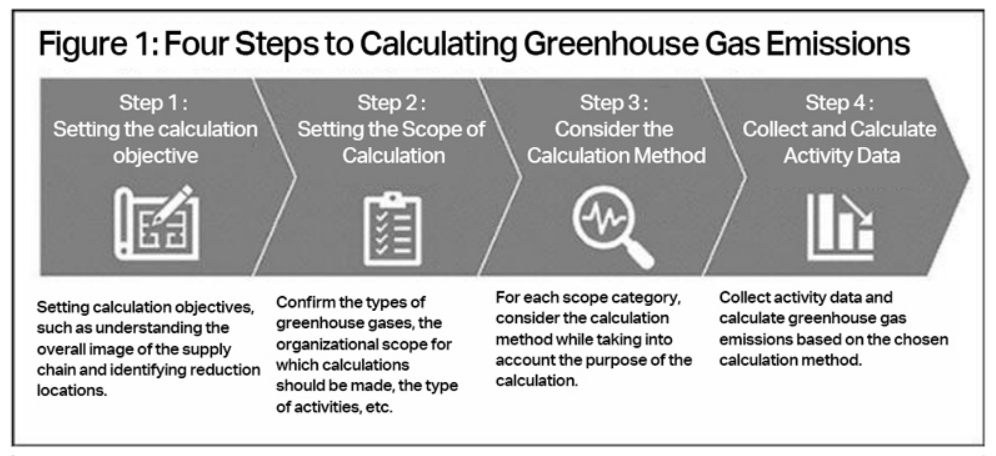
Consider reduction measures for each product, part, and process
So far, we have explained how to calculate GHG emissions for the entire company, but this alone is not enough to take action to reduce emissions. To effectively reduce emissions, it is necessary to calculate emissions in detail by product, part, process, etc., and identify bottlenecks.
When calculating emissions for each process, it is effective to create a material flow diagram that illustrates the flow of materials and energy in each process. As shown in Figure 2, draw a material flow diagram for your company’s production stage and identify the amount of materials and energy (input) used in each process and the amount of materials and waste (output) produced in each process.
This visualization of the materials and energy used in each process is useful when considering design and process improvement policies that take emissions reduction into
account.
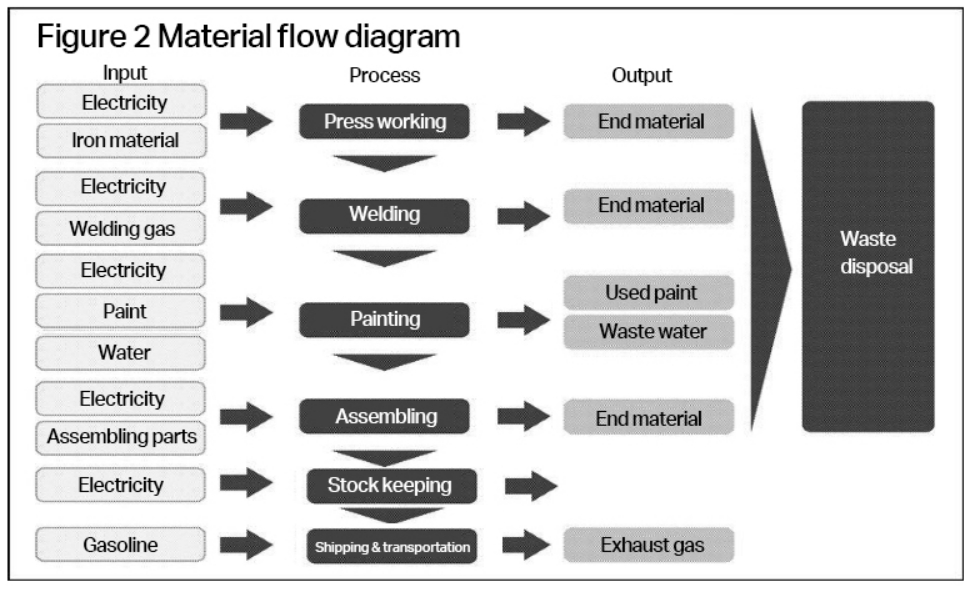
CFP Calculation is Also Effective
Calculating the CFP is also an effective way to identify bottlenecks. CFP refers to the amount of GHG emissions emitted throughout a product’s entire life cycle, from the procurement of raw materials to disposal and recycling. CFP is calculated by organizing the necessary activity data for each stage and process of the target product’s life cycle. In addition to identifying bottlenecks in GHG emissions, CFP can also be used to promote a company’s low-carbon products and compare suppliers.
Among the measures to realize the European Green Deal, the European Union (EU) has adopted rules requiring the disclosure of CFP. For example, the Carbon Border Adjustment Mechanism (CBAM) is one of them. Based on the EU Emissions Trading System (EU ETS), this system effectively imposes tariffs on some imports from countries with loose environmental regulations, and businesses that handle products subject to this system must calculate and report their CFP. There are also other moves in Europe to introduce regulations that require reporting and reduction of CFP, and future developments are being closely watched.
With this background, the number of companies starting to calculate CFP is gradually increasing, but many of them do so after product development is complete. However, after product development is complete, there is little room for design changes, and even if reduction activities are implemented, the effect is limited.
In order to reduce emissions, it is ideal to estimate GHG emissions at the product development stage and quickly implement the PDCA (Plan, Do, Check, Act) cycle. Naturally, it is difficult to make precise calculations at the product development stage, since much of the data cannot be obtained until the mass production stage. Therefore, calculations are made by considering the logic for estimating GHG emissions from information obtained at the product development stage.
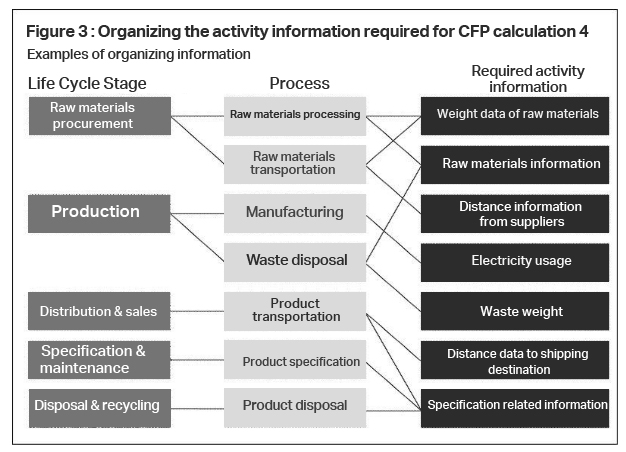
Improve the Accuracy of Estimates
One way to estimate emissions with high accuracy at this stage is to collect primary data. For example, emissions during product use can be monitored by attaching sensors to products that have already been sold, and emissions can be calculated using the obtained activity data. Furthermore, the relationship between the results of the emissions calculation and the product’s design parameters can be clarified and formulated. By substituting the design parameters into the calculation formula, it becomes possible to calculate emissions with high accuracy even at the product development stage.
Understanding how products are actually used not only improves the accuracy of emissions calculations, but also leads to an understanding of customer needs, which may be useful in creating new business opportunities.
As described above, the first step in achieving CN is to “visualize current GHG emissions.” By analyzing these in more detail, such as by process or product, bottlenecks can be identified, which can lead to consideration of effective reduction measures.
#CarbonNeutrality #GHG #CarbonFootprint #ภาษีคาร์บอน #Mreport #ข่าวอุตสาหกรรม
Source: Nikkan Kogyo Shimbun



